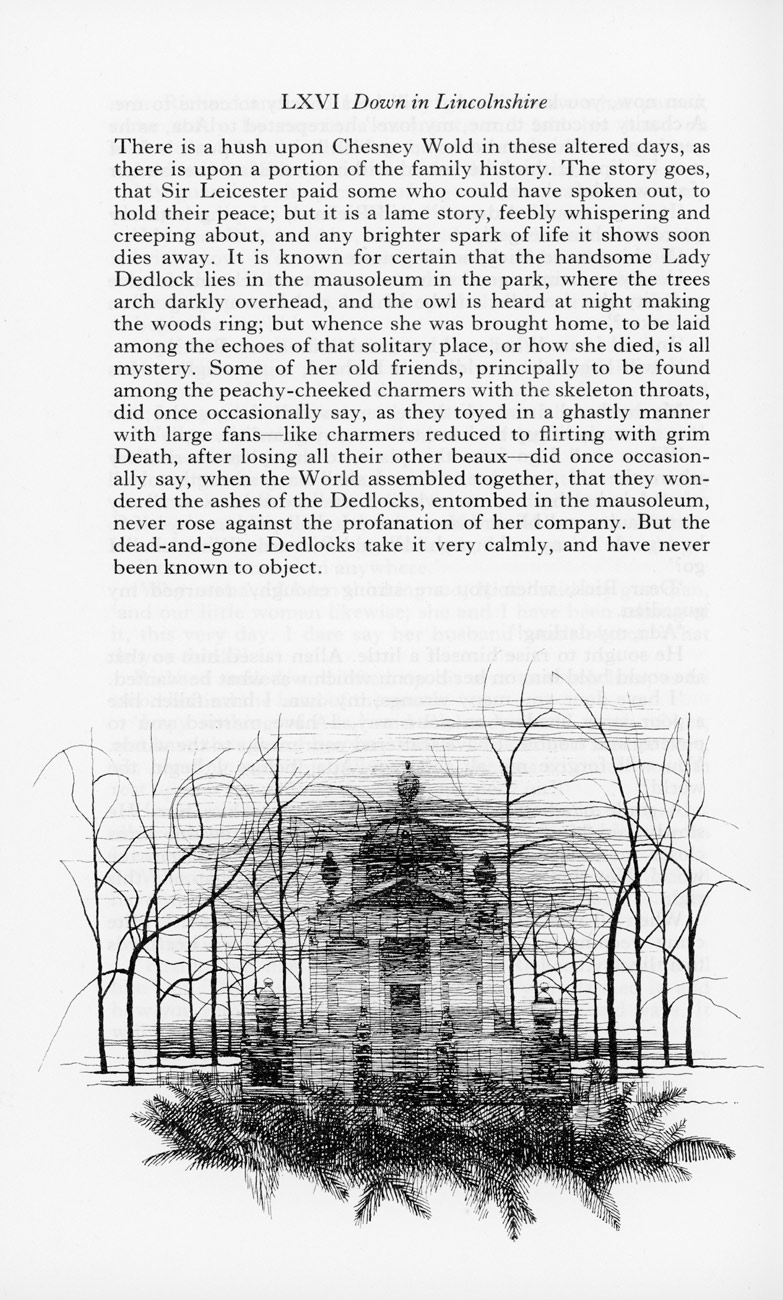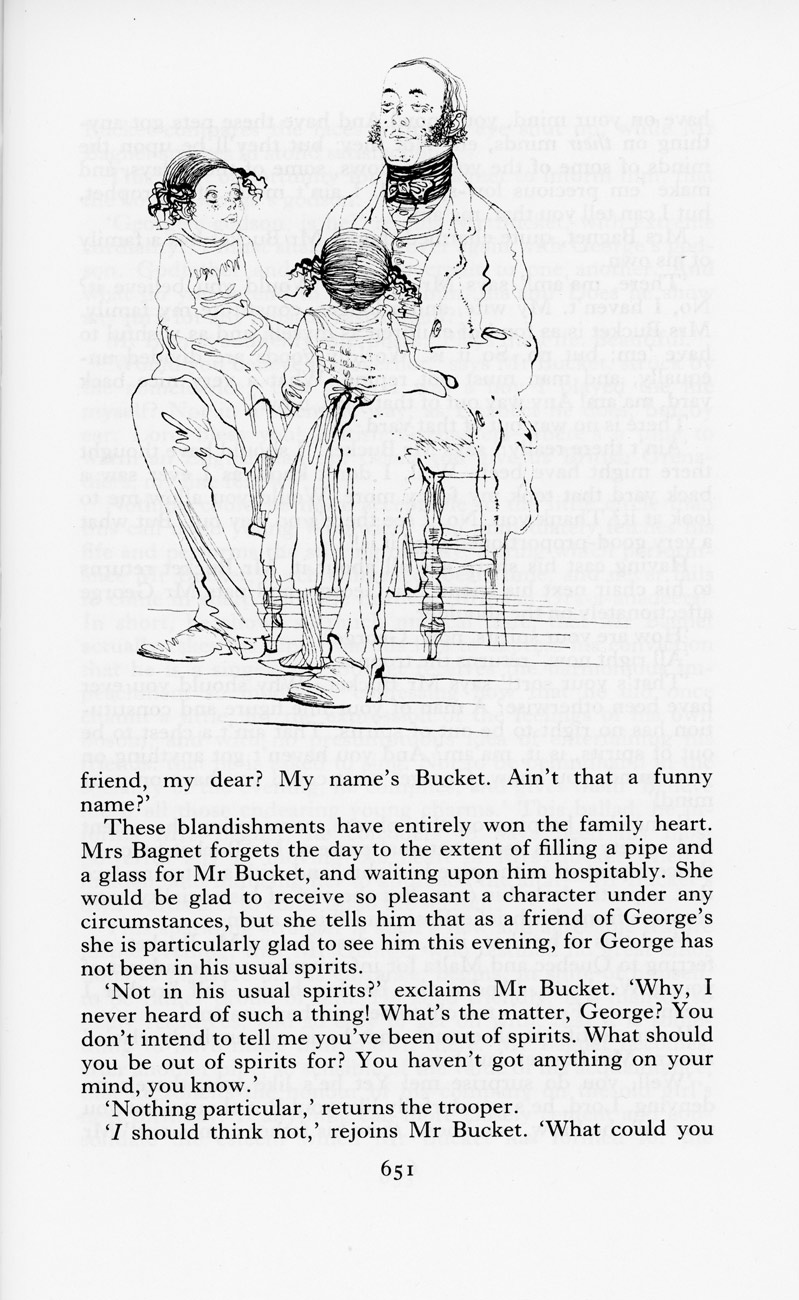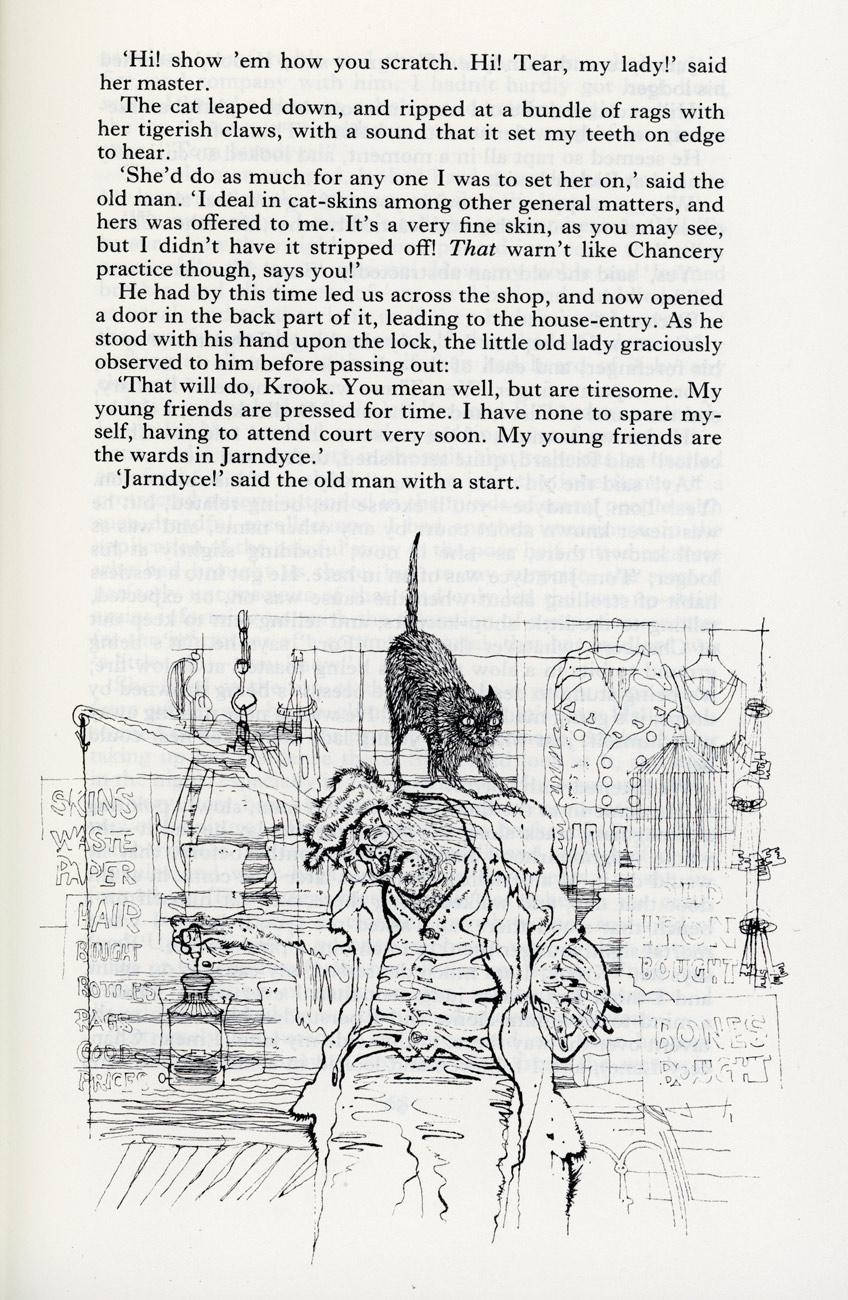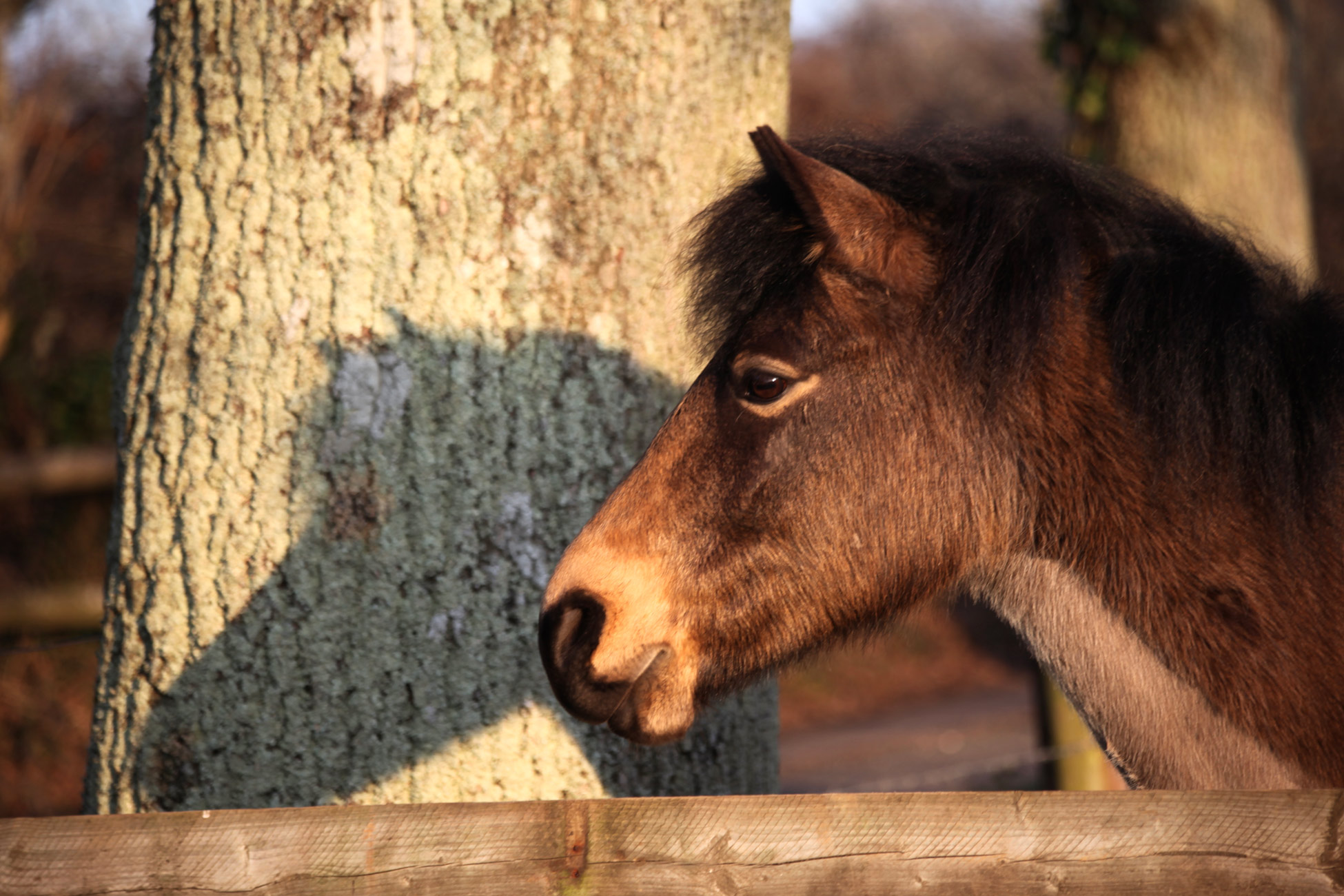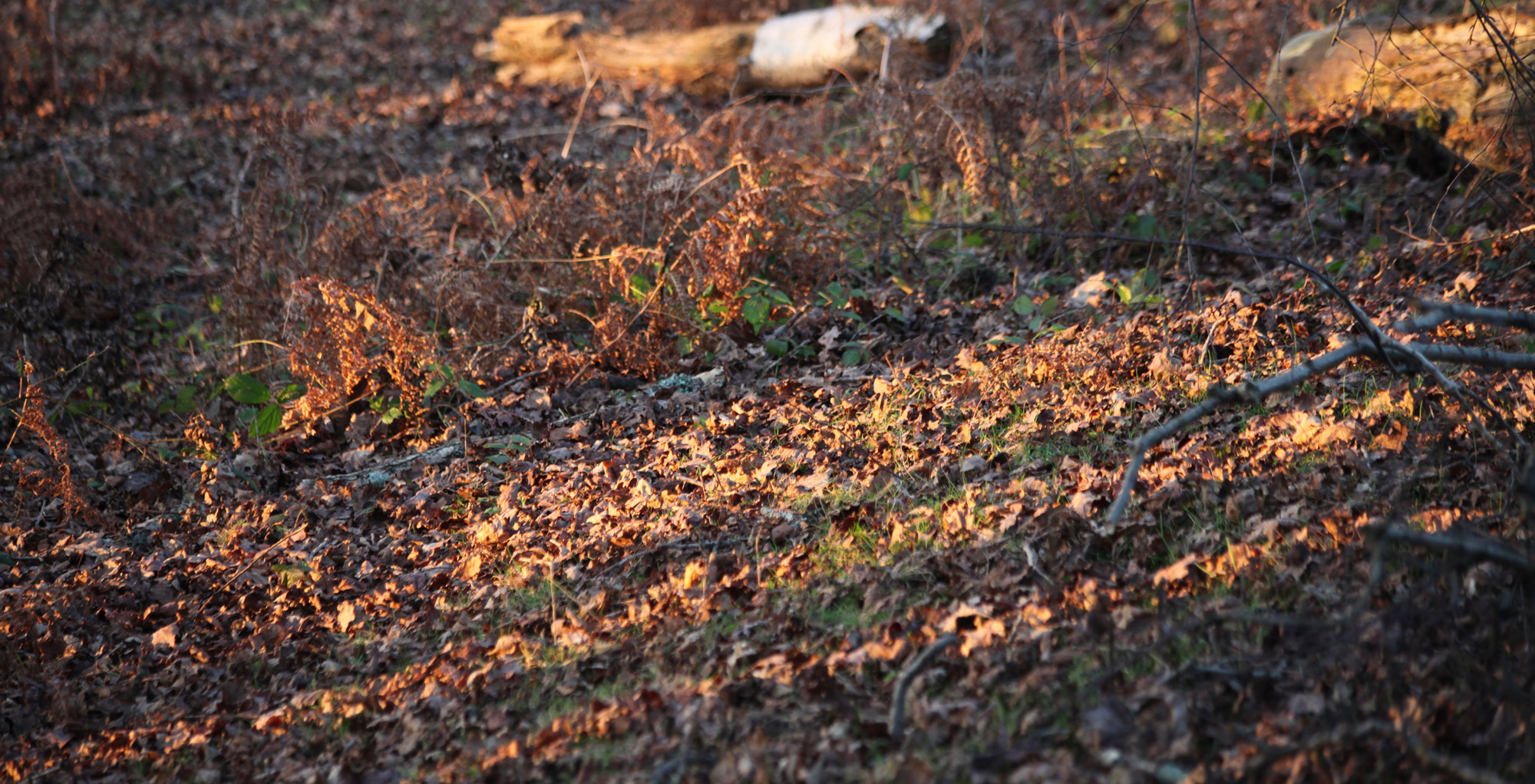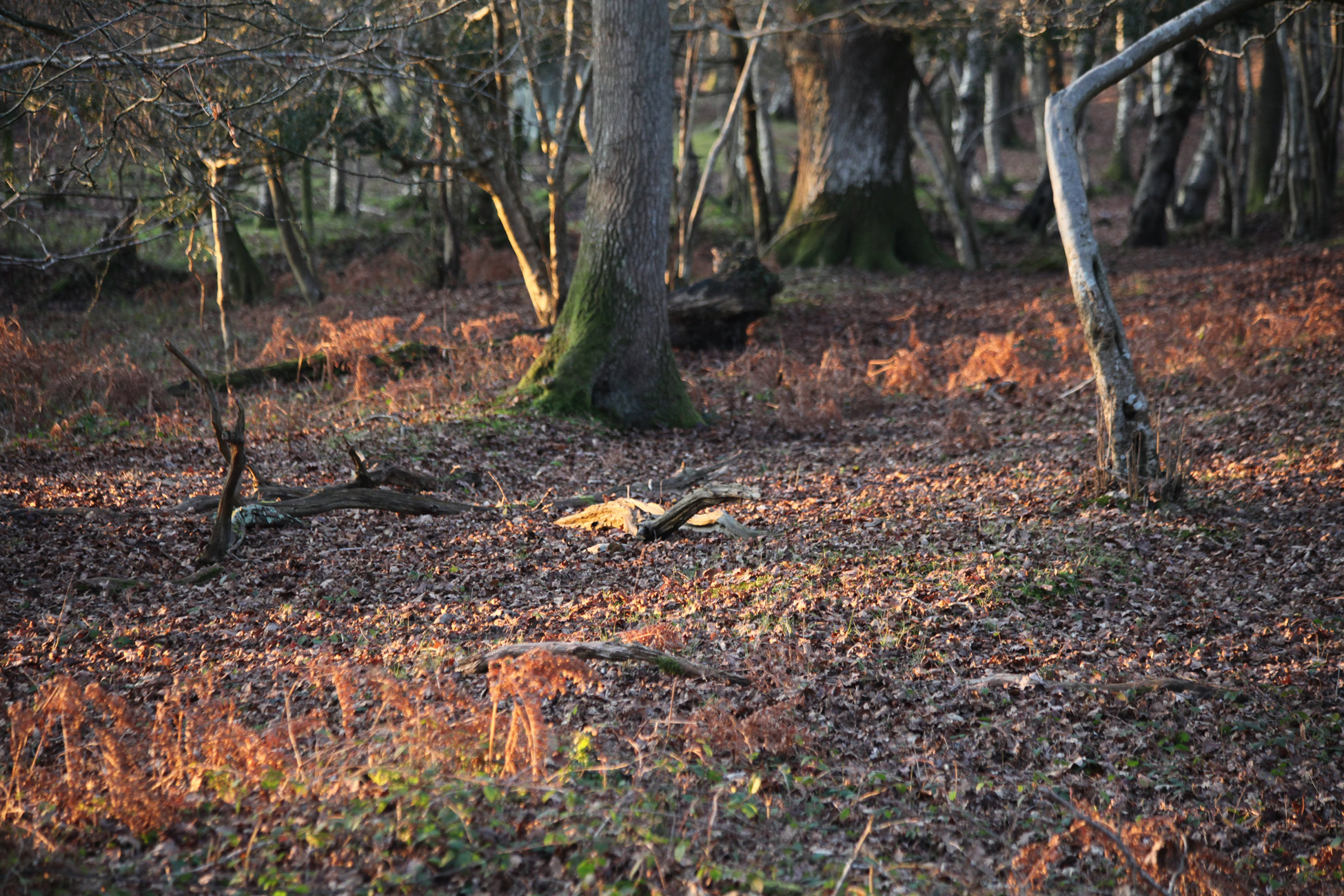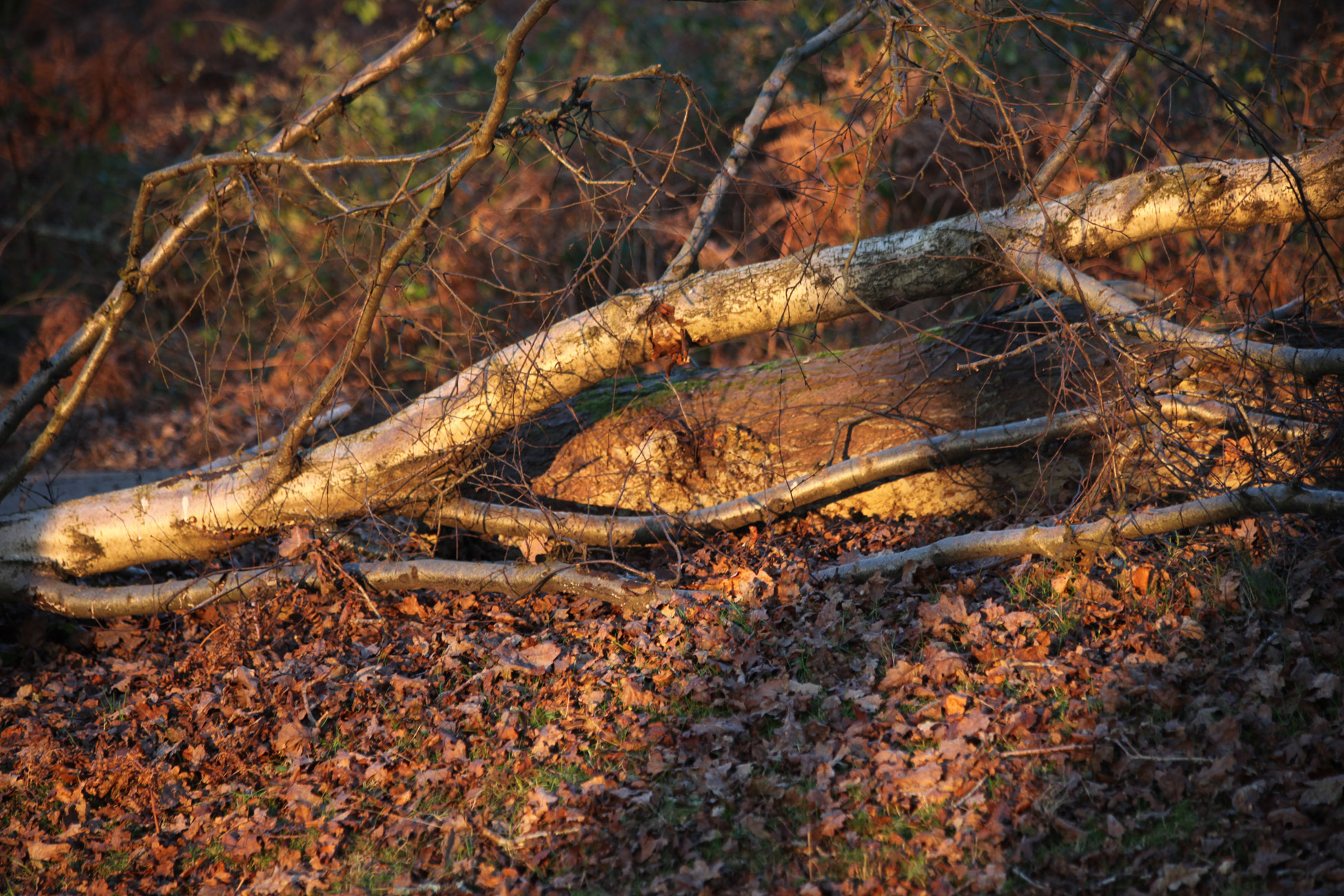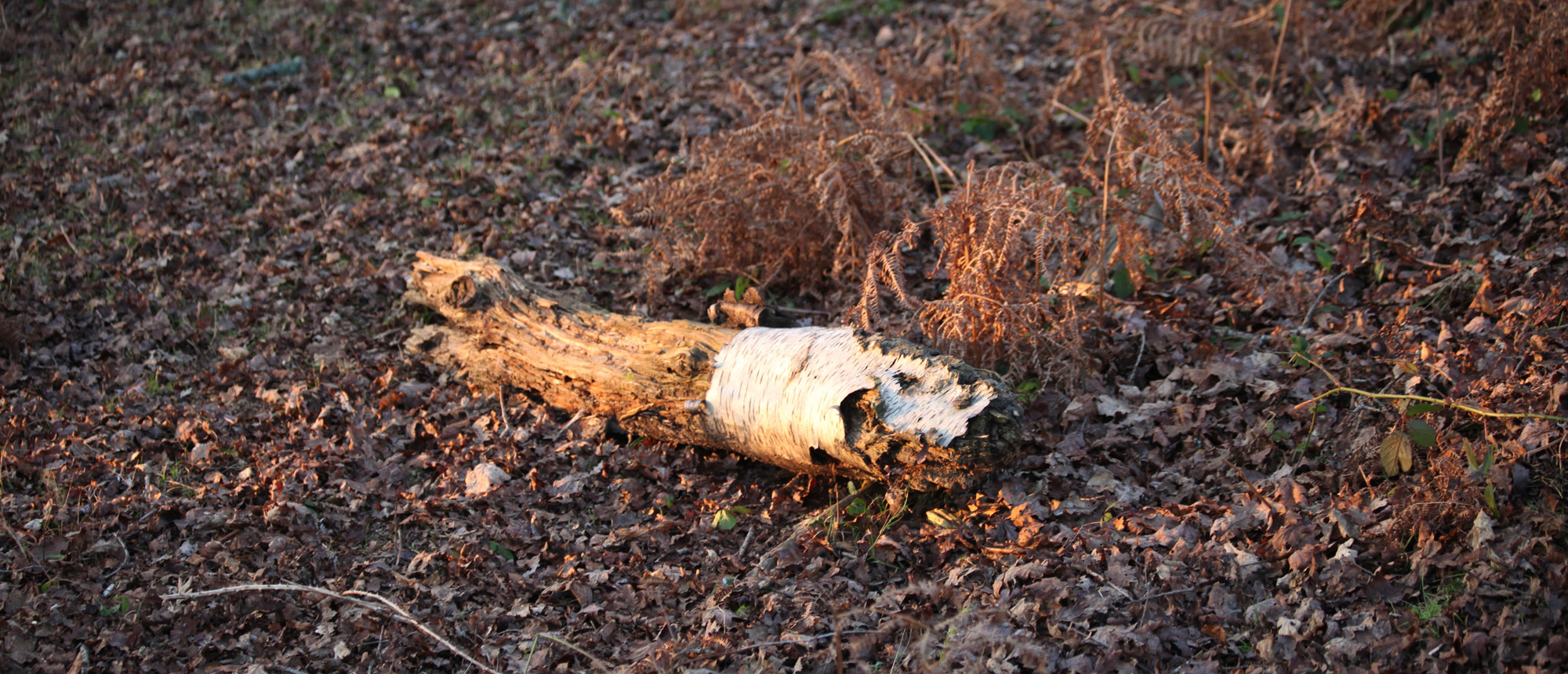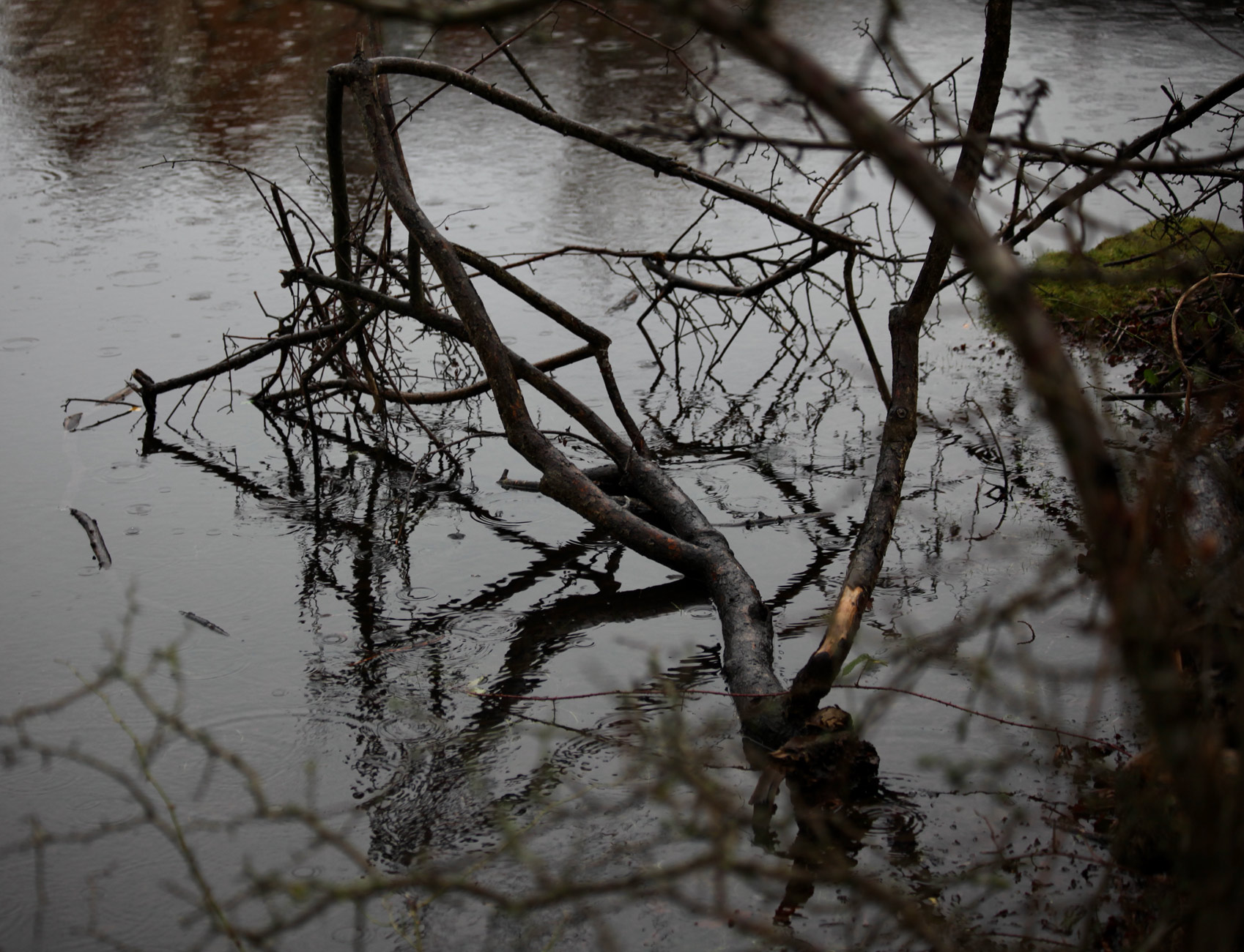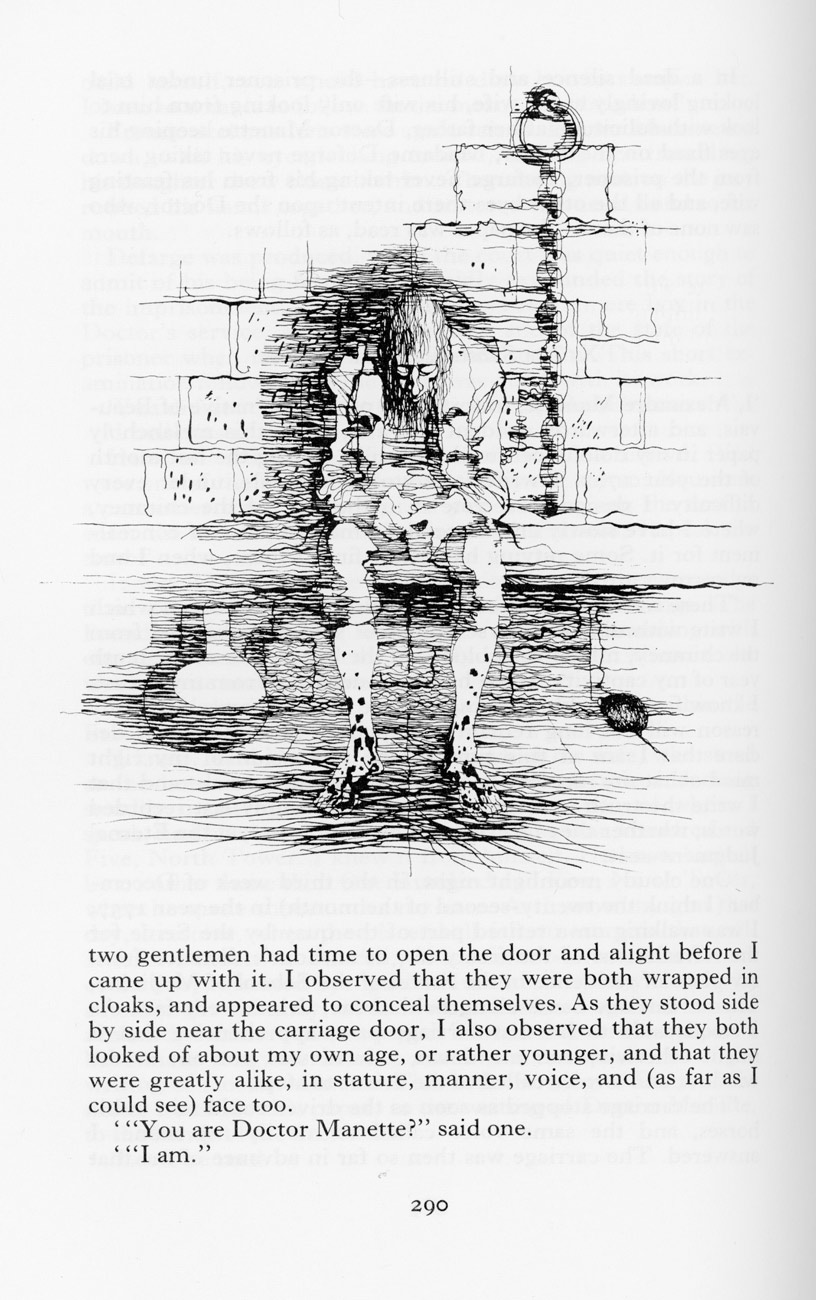“The Tale of How Ivan Ivanovitch Quarrelled with Ivan Nikiforovitch” is the seventh story in the Folio Society’s collection. I finished reading it this afternoon.
These two lifelong friends, suddenly estranged with the aid of a mischievous woman, because of the desire of one for an object hanging up to dry belonging the other rushes along after escalating provocation to a farcical court case conducted in a manner reminiscent of Dickens’s Jarndyce v Jarndyce and conveying in a few sentences the incompetence and delay that occupied our English novelist throughout Bleak House.
Opening with delightfully bucolic description including that of the clothes on the washing line, on which “an old uniform with frayed facings stretched its sleeves out in the air and embraced a brocade blouse” – in the process indicating the presence of the breeze, as the garments detail the uniform.
Such detail is also described later in this metaphor: “in the cupboard which had been turned to marble by ink stains.”
Gogol’s humour is evident throughout this story.
His grasp of the flow of language demonstrates the mindset of the stubborn protagonists who eventually lose track of the cause of their rift.

Peter Sturt’s illustration depicts the provocative action mentioned above.


